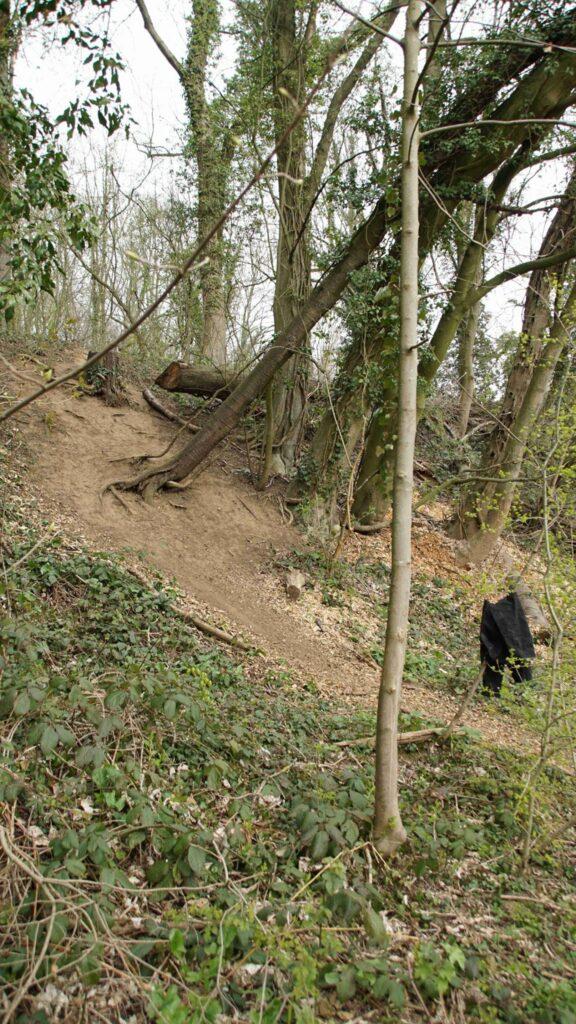
Kinder und Uhren dürfen nicht beständig aufgezogen werden. Man muss sie auch gehen lassen.
Jean Paul
1763-1825
Outdoor Play - What´s that?
Outdoor play is when children play freely outside: hide and seek, drawing with chalk on the street, building dens in the bushes, kicking a ball about, making a dam in a stream and lots more. The children themselves define their own purpose, what materials they play with and who they play with depending on the possibilities available to them.
By ‘outdoor play’ we mean free play which has the following important attributes:
1. Outdoor play is spontaneous.
In outdoor play children are generally unsupervised and not influenced by their parents or other adults caring for them.
In outdoor play children are generally unsupervised and not influenced by their parents or other adults caring for them.
2. Outdoor play is self-determined.
The children set goals for themselves. They choose their own time, place, things to play with and playmates, to suit the circumstances that they find, wherever they are.
The children set goals for themselves. They choose their own time, place, things to play with and playmates, to suit the circumstances that they find, wherever they are.
3. Outdoor play is creative.
Children play creatively with the materials that they find, both natural materials or industrially manufactured things. These are partly used as envisaged by the adults, but are often played with by children creatively in completely new ways.
Children play creatively with the materials that they find, both natural materials or industrially manufactured things. These are partly used as envisaged by the adults, but are often played with by children creatively in completely new ways.
4. The whole body is used in outdoor play, including all the senses.
Phases of extensive movement and romping are part of this; they alternate with phases of calm play.
Phases of extensive movement and romping are part of this; they alternate with phases of calm play.
5. Outdoor play takes place outside, often in the children’s home neighborhood.
Outdoors, children have the chance to change where they play in the course of their games, to use the different spaces creatively, and to act out their need to move.
Outdoors, children have the chance to change where they play in the course of their games, to use the different spaces creatively, and to act out their need to move.
6. Children playing outside notice and influence their natural and social environments.
Children leave traces of their creativity. They make noise. Children can observe their natural and social environments in free outdoor play but they also develop independent contact with other children and adults, such as neighbors.
Children leave traces of their creativity. They make noise. Children can observe their natural and social environments in free outdoor play but they also develop independent contact with other children and adults, such as neighbors.
7. Independent outdoor play appeals particularly to children between the ages of four and fourteen.
They expand their radius of action with increasing age. Four-year-olds play differently and in a more limited space than fourteen-year-olds.
They expand their radius of action with increasing age. Four-year-olds play differently and in a more limited space than fourteen-year-olds.
8. For outside play there are green or safe access routes leading to free play spaces.
Children can go along green or safe access routes on their own, noticing their surroundings on the way, so that they can get to in play spaces.
Children can go along green or safe access routes on their own, noticing their surroundings on the way, so that they can get to in play spaces.
9. Parents set boundaries.
Children are allowed to move within a certain space. Parents decide what children are allowed and not allowed to do. They trust the children and know that boundaries move with age and occasional overstepping of boundaries is part of the process of gaining maturity.
Children are allowed to move within a certain space. Parents decide what children are allowed and not allowed to do. They trust the children and know that boundaries move with age and occasional overstepping of boundaries is part of the process of gaining maturity.
10. Children like to play outdoors in mixed age groups.
Younger children learn about the older ones’ games, their rules and the things that interest older children. Older children increase their self-esteem through their role as those who have more experience.
Younger children learn about the older ones’ games, their rules and the things that interest older children. Older children increase their self-esteem through their role as those who have more experience.
Literature:
Christiane Richard-Elsner, Draußen spielen, Beltz Juventa 2017.
